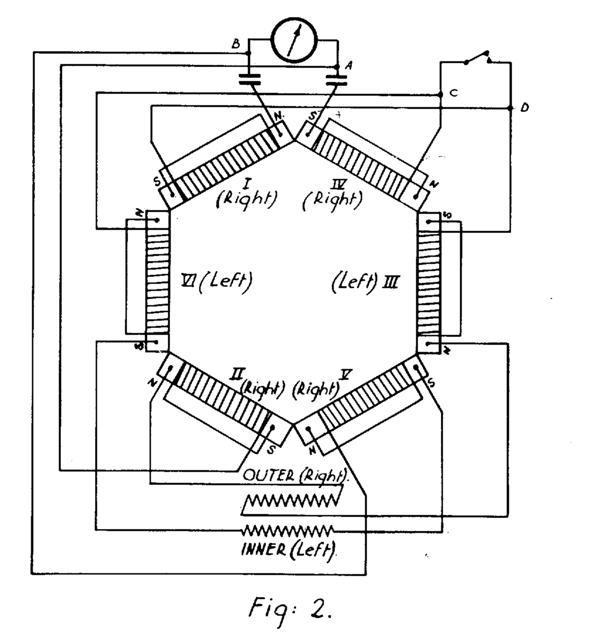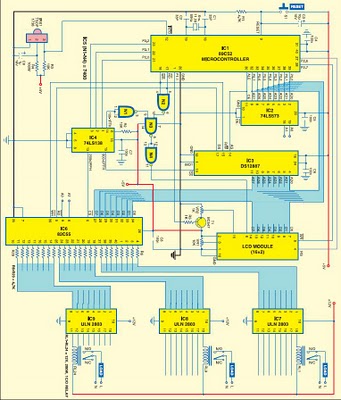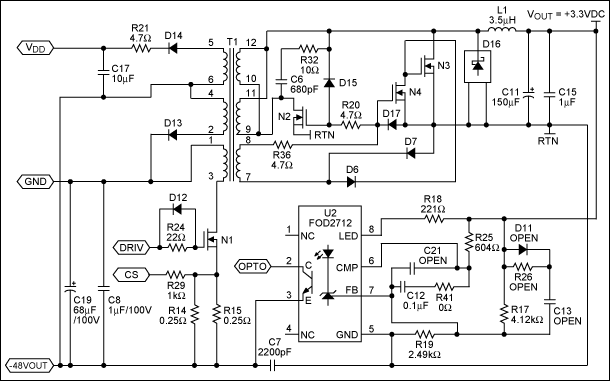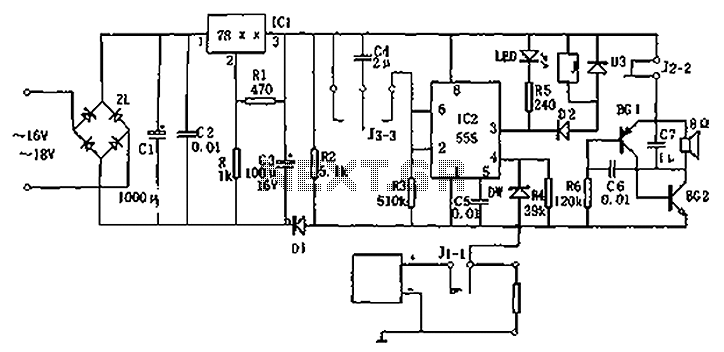
The Hans Coler Magnetstromapparat Device

A potential source of quiet and limitless energy for submarine propulsion is described. This hexagonal configuration of coils and magnets, along with two "rotating" sub-circuits, operates without an external power source. Despite this, it seemingly generates or transduces power from an unknown origin, which has intrigued researchers Coler and Dr. Schumann. The extent of development achieved by the Germans, and subsequently by the British over the next twenty-five years until the device's declassification, remains largely undocumented. Notably, Dr. Schumann was involved in classified German research on "batteries" as late as 1943 and was later brought to the United States under Operation Paperclip. In 1926, Dr. Schumann acknowledged that Hans Coler's device showed "no fault, hoax, or fraud on the part of its inventor." Such "free energy" devices captured the interest of the Third Reich's leadership early on, as evidenced by meetings involving Hitler, Planck, and Schauberger. Devices akin to pulsed Tesla coils, resembling Tesla's "Impulse Magnifying Transformer," were constructed during this period.
The described device presents a unique approach to energy generation, utilizing a hexagonal arrangement of coils and magnets that potentially harnesses energy from the surrounding environment. The design features two rotating sub-circuits, which may facilitate the transduction of energy without reliance on conventional power sources. This characteristic raises questions about the underlying principles of operation, which may involve advanced electromagnetic phenomena or resonance effects.
The historical context surrounding the device indicates significant interest from both German and British researchers, particularly in the post-World War II era. The involvement of notable figures such as Dr. Schumann, who had a background in secretive energy research, suggests that the technology may have been more advanced than publicly acknowledged. The device's ability to produce energy from seemingly nothing aligns with concepts explored by pioneers like Nikola Tesla, whose work on impulse transformers and electromagnetic fields laid the groundwork for similar experimental technologies.
Further investigation into the mechanisms of the coils and magnets, including their arrangement and interaction, could yield insights into the efficiency and feasibility of such energy generation methods. The implications of this technology could extend beyond submarine propulsion, potentially influencing various applications in energy production and storage. However, the lack of comprehensive documentation and the secretive nature of the research hinder a full understanding of its capabilities and limitations.A possible source of quiet and limitless energy for submarine propulsion. It will be noted that this hexagonal construction of coils and magnets and two "rotating" sub-circuits has absolutely no source of power. Yet, to the mystified Coler and Dr. Schumann, it nevertheless managed to produce, or better, transduce power seemingly. from nowhere. Little is known how much farther the Germans took this device, or for that matter, how far the British took it for the two decades and a half after the war that they had to work on it until its declassification. What is unusual is that Dr. Schumann was involved with secret German research on "batteries" as late as 1943, and was subsequently brought to the United State as part of Operation Paperclip.
It was this same Dr. Schumann who had noted in 1926 that Hans Coler`s device exhibited "no fault, hoax, or fraud on the part of its inventor. " Such "free energy" devices seemed to have come very early to the attention of the leadership of the Third Reich - witness the meeting between Hitler, Planck, and Schauberger - and more especially to the attentions of the SS.
Devices involving pulsed Tesla coils, suspiciously similar to Tesla`s own "Impulse Magnifying Transformer" were constructed. 🔗 External reference
The described device presents a unique approach to energy generation, utilizing a hexagonal arrangement of coils and magnets that potentially harnesses energy from the surrounding environment. The design features two rotating sub-circuits, which may facilitate the transduction of energy without reliance on conventional power sources. This characteristic raises questions about the underlying principles of operation, which may involve advanced electromagnetic phenomena or resonance effects.
The historical context surrounding the device indicates significant interest from both German and British researchers, particularly in the post-World War II era. The involvement of notable figures such as Dr. Schumann, who had a background in secretive energy research, suggests that the technology may have been more advanced than publicly acknowledged. The device's ability to produce energy from seemingly nothing aligns with concepts explored by pioneers like Nikola Tesla, whose work on impulse transformers and electromagnetic fields laid the groundwork for similar experimental technologies.
Further investigation into the mechanisms of the coils and magnets, including their arrangement and interaction, could yield insights into the efficiency and feasibility of such energy generation methods. The implications of this technology could extend beyond submarine propulsion, potentially influencing various applications in energy production and storage. However, the lack of comprehensive documentation and the secretive nature of the research hinder a full understanding of its capabilities and limitations.A possible source of quiet and limitless energy for submarine propulsion. It will be noted that this hexagonal construction of coils and magnets and two "rotating" sub-circuits has absolutely no source of power. Yet, to the mystified Coler and Dr. Schumann, it nevertheless managed to produce, or better, transduce power seemingly. from nowhere. Little is known how much farther the Germans took this device, or for that matter, how far the British took it for the two decades and a half after the war that they had to work on it until its declassification. What is unusual is that Dr. Schumann was involved with secret German research on "batteries" as late as 1943, and was subsequently brought to the United State as part of Operation Paperclip.
It was this same Dr. Schumann who had noted in 1926 that Hans Coler`s device exhibited "no fault, hoax, or fraud on the part of its inventor. " Such "free energy" devices seemed to have come very early to the attention of the leadership of the Third Reich - witness the meeting between Hitler, Planck, and Schauberger - and more especially to the attentions of the SS.
Devices involving pulsed Tesla coils, suspiciously similar to Tesla`s own "Impulse Magnifying Transformer" were constructed. 🔗 External reference





